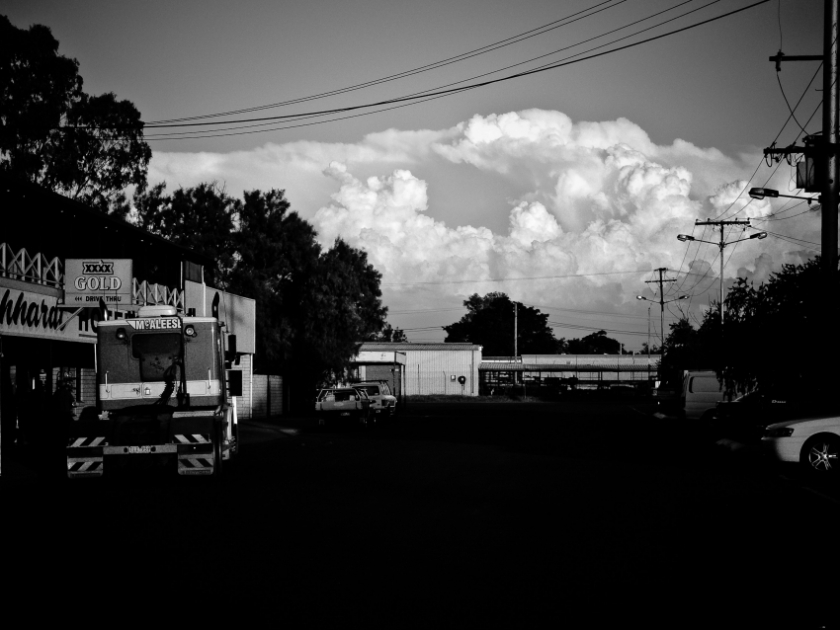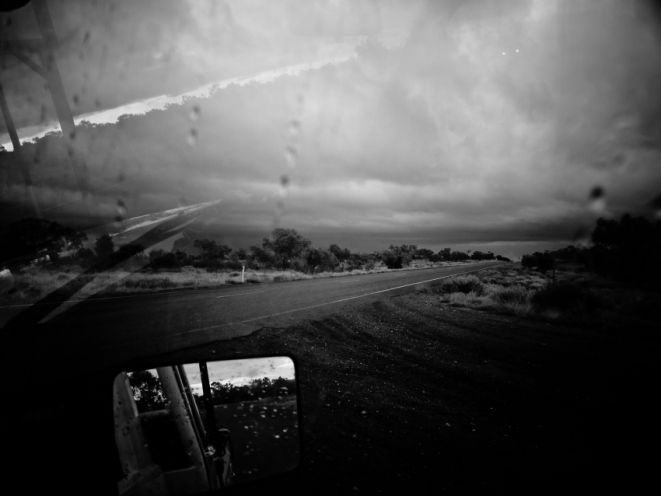It’s probably unfashionable to call it “Chinese Whispers” these days. At the very least, it’s politically incorrect, and as is so often the case in these situations, it turns out that the etymology of the game does include a racist streak. Namely; it was called this because westerners figured that spoken Chinese was unintelligible. So, a game where a message whispered from one ear to the next is eventually rendered nonsensical, was named for the Chinese “language” (which just goes to show how little was understood – were they listening to Cantonese, or Mandarin perhaps?)
So let’s call it “Telephone”, as it is called in the United States, according to Wiki, anyhow.
Really, that’s all by the by. What I’m here to talk about is the big picture.
There is a tendency these days to regard any item of news, or opinion from a talking head, as sitting on a level playing field with every other bit of news or opinion. A sense that one idea is as good as the next. It this world, the notion of “truth” ceases to have meaning, as if being “true” is a value judgment where none should be made. Just as the post-modern art era challenged the idea of “beauty” as a worthwhile goal in art, we now seem to live in the world of “post-truth”.
At some point, collectively we lost the ability to be able to distinguish an idea with merit grounded in observable facts, from an idea based upon another person’s opinion and ideas. This is a pretty big loss to society. If you can’t decide between things that are objectively true, and things that are mere conjecture, then you may find yourself completely lost in the world. Without this ability, airplanes would never have flown, and we’d still be cooking with a camp fire, and certainly would not have the ability to reheat our food in the microwave.
Somehow, we are fearful of value judgment. Some things, nonetheless, are more valuable than others. The effects of gravity are observable, for instance, and if someone were to say, “I have a different idea”, we might listen, but we would dismiss it as untrue at best, crazy more likely. Gravity is a fact. The warping of space-time causes bodies of mass to be “attracted” to one another in proportion to their mass (roughly – it’s easy to get your Newtonian and Einsteinian physics muddled up here, and that’s beside the point anyway).
So it is that even in the murky world of politics and international affairs, there is a version of events that is true, and myriad others that simply are not. The considerable difficulty lies in determining to which you have been subjected.
In to this quagmire steps the conspiracy theory. By definition, a conspiracy is a situation where a number of actors (people, groups, “governments”) get together and decide on a collective course of action, usually to achieve a mutually beneficial goal (perhaps at the cost of external parties), and normally protected by secrecy as to their intentions and as to the existance of the conspiracy itself.
In this sense, nearly all international government actions are conspiracies. They work to further their ends, and they keep the intentions and plans secret.
So what can this tell us? Well, if you’ve ever heard of espionage, spies, and the “intelligence community”, you’ll know that the conspiracies of one government are notoriously leaky and transparent to others. Sometimes through concerted effort, sometimes by mistake, in the end, secrets are hard to keep, even by those whose entire career is bent on keeping them.
Part of the problem is that we’re only human, we’re incorrigible gossips, and we just blab. We also suffer from various psychological tendencies, greed, pride, etc. Ultimately, someone lets the cat out of the bag. The more people who are in on the secret, the more probable the leak. As they say in the classics, The Truth Will Out!
As such, grand actions by a nation state, plans involved large numbers of people, plans shrouded in mystery and secrecy, rarely stay secret for long. It’s just highly difficult to keep the secret.
Also, the more people involved, the greater the work of co-ordination, which by itself requires more people who know of the secrets. It’s nearly an exponential growth of numbers of likely blabbers. The bigger the conspiracy, the larger the likelihood of a leak, therefore the less likely the secret will be contained. Multiply that by the time the conspiracy has been in place, and you get an even slimmer likelihood of success.
In short, big conspiracies are very unlikely indeed.
Let’s return to the co-ordination problem. Remember the game, Chinese Whispers Telephone? Well, the more people in the circle, the worse the end result. With enough people, it becomes complete gibberish by the end. That’s how the world of conspiracy works too! Sure, computers mean perfect messages can be copied instantaneously, but there are still people either side of the machinery. There’s still heaps of room for human error. Couple that with the secrecy problem and you have a near perfect recipe for failure.
So, the simplest answer to your next conspiracy theory, be it chemtrails, big-pharma/GMOs/Aliens, climate change (I mean look what happened to the emails of a bunch of giggling scientists – even their snarky emails couldn’t be kept secret!), Syrian war… whatever, it is this:
The bigger the conspiracy, the more unlikely it is.
More than that, beyond a threshold (lets say, collusion by a couple of countries, or multi-national companies), it becomes basically impossible. If you add natural commercial market competition to the mix (as there is in say the reporting of the news) then the threshold reduces. Next time someone tells you that the media is feeding you a lie, ask them to think of how that might work. The sensible end to that thought is, “It doesn’t.”
PS. This is not exactly the same argument as Okham’s Razor. Indeed you might think the Razor suggests that a conspiracy is the simplest solution given that perhaps it involves the neatest arrangement with least variables. But no, from the Razor, the most likely solution will never be a conspiracy, because it is quickly seen that to have a conspiracy is always to posit one more variable (namely the conspiracy itself) than is required to explain the phenomenon. Thus conspiracies nearly always fail the test.






